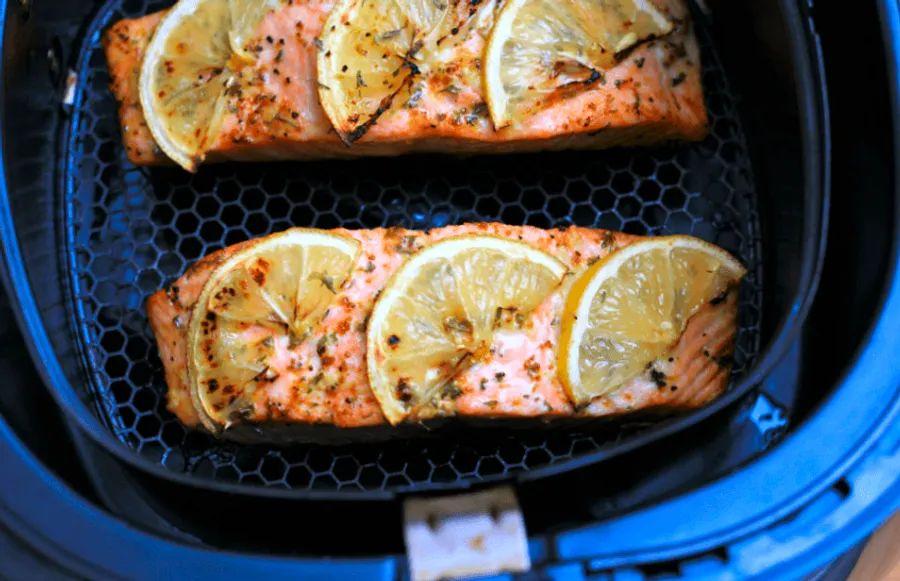Rethink Thawing: The Best Ways to Cook Frozen Seafood

There are plenty of great reasons to make seafood a regular part of your meals, but many people skip it when it’s not fresh or in season. The good news is, frozen seafood is frozen right after it's caught, ensuring you can enjoy fresh, healthy meals year-round.
Frozen seafood is a budget-friendly staple for busy cooks. To save even more time, learn how to cook it straight from frozen—no need to thaw. Stop wasting money on overcooking or buying the wrong seafood. Get all the tips you need to buy, prepare, and cook seafood perfectly every time.
Cooking Frozen Seafood in an Air Fryer
Air frying frozen seafood is a game-changing secret for delicious weeknight dinners. The high heat of the air fryer locks in moisture, giving you a perfectly tender, flaky bite instead of a soggy result.
One of the best reasons to love the air fryer: easy cleanup. If you're cooking a sticky protein like salmon, line the basket with foil and give it a quick spray of nonstick oil to ensure a hassle-free release.

The air fryer is perfect for cooking large, shell-on shrimp or fish to perfection. Pat the shrimp dry with a towel to remove excess moisture, then place them in the fryer basket and lightly spritz with cooking oil. Toss halfway through and cook until the shrimp turn opaque.
How to Cook Frozen Seafood in the Oven
Looking for a shortcut to your favorite baked fish dishes? With just a few extra minutes of cooking, you can go from freezer to gourmet in the oven. Be sure to remove any excess ice and blot your seafood before cooking for an even, beautifully browned result.
To cook seafood to perfection, make sure your oven is set to a high temperature. This helps evaporate the moisture, resulting in a perfectly flaky and juicy bite every time.

Find the recipe: Seafood Cioppino
Steaming Fish from Frozen in a Pan
Rinse off any ice, then bring an inch of water or seasoned liquid to a simmer over medium-high heat. Place your seafood skin-side down in the pan and return the liquid to a simmer, making sure the heat stays low enough to prevent boiling.
Cover the pan tightly and cook for 5 minutes. After turning off the heat, let the fish rest in the liquid for another 5 minutes before serving with a flavorful sauce or a fresh squeeze of citrus.
Using Frozen Seafood in Soups and Stews
No one enjoys chewing through tough, rubbery seafood. To avoid overcooking crab, clam, or catfish, start with frozen seafood and add it to chowder or stew in the final 10 minutes, allowing it to thaw and cook gently at the same time.
Keep in mind that adding cold ingredients will lower the temperature of your soup base, so bring it back to a simmer and cook fully before finishing with a touch of lemon and parsley for added flavor.
Evaluation :
5/5



